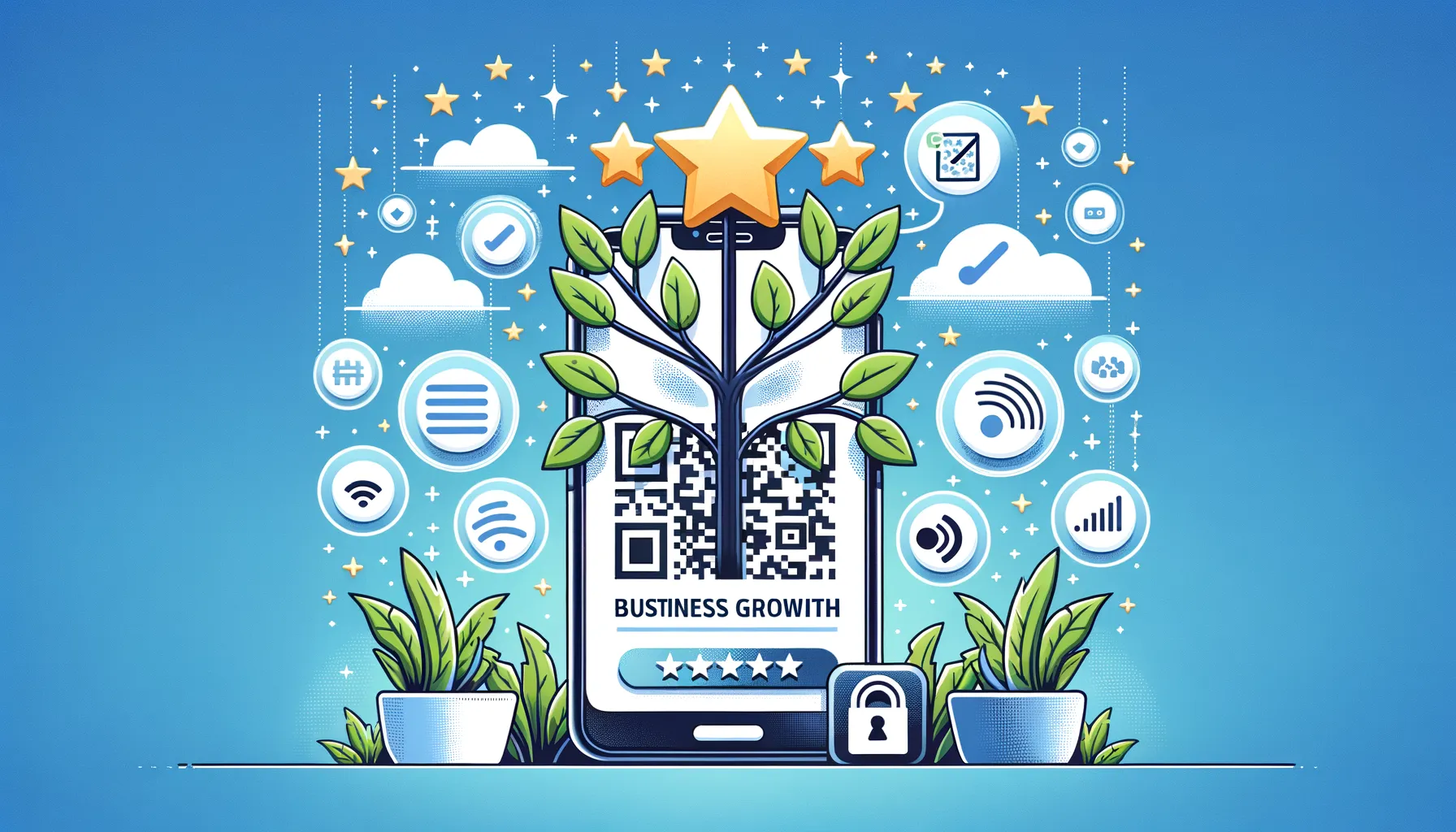Discover the secret to skyrocketing your email engagement with our ultimate guide to effective segmentation strategies. Don’t miss out!

Image courtesy of Pixabay via Pexels
Table of Contents
Welcome to the ultimate guide on how to effectively segment your email list for maximum engagement. As a startup agency, influencer, business owner, or marketing agency, maintaining a strong email marketing strategy is crucial for reaching your target audience and driving conversions. By segmenting your email list, you can deliver more personalized and relevant content to your subscribers, leading to higher open rates, click-through rates, and ultimately, more sales.
What is Email Segmentation?
Email segmentation involves dividing your email list into smaller, more targeted groups based on specific criteria such as demographics, behavior, interests, or purchase history. By creating segmented lists, you can tailor your email content to better meet the needs and preferences of each group, ultimately improving engagement and conversion rates.
Benefits of Email Segmentation
Segmenting your email list offers a wide range of benefits for your email marketing efforts:
- Increased Relevance: By sending personalized content to specific segments, you can better meet the unique needs and interests of each subscriber.
- Higher Engagement: Segmented emails have been shown to generate higher open and click-through rates compared to non-segmented ones.
- Improved Conversion Rates: By delivering more targeted content, you are more likely to drive conversions and sales from your email campaigns.
Segmentation Criteria
When it comes to segmenting your email list, there are several criteria you can use to create meaningful segments:
- Demographics: Age, gender, location, and income level are just a few examples of demographic criteria you can use to segment your list.
- Behavior: Consider segmenting your list based on subscriber behavior such as past purchases, website visits, or email interactions.
- Interests: Segment subscribers by their interests or preferences in order to deliver more relevant content.
Creating Email Segments
Here are the steps to follow in order to create effective email segments for your campaigns:
Step 1: Analyze Your Subscriber Data
Start by analyzing your subscriber data to identify common traits or behaviors that can be used for segmentation. Look for patterns that can help you group subscribers into meaningful segments.
Step 2: Define Your Segments
Based on the data analysis, define the segments that will be most relevant for your email campaigns. Create distinct groups that will allow you to deliver targeted content to each segment.
| Segment | Description | Benefits |
|---|---|---|
| New Subscribers | Recently joined email list | Personalized welcome emails, onboarding campaigns |
| Inactive Subscribers | Haven’t engaged with emails in 3+ months | Re-engagement campaigns, win-back offers |
| Highly Engaged Subscribers | Regularly open, click, and convert | Targeted promotions, rewards for loyalty |
| Purchase History | Past purchase behavior | Cross-sell, upsell opportunities, product recommendations |
| Demographics | Age, gender, location, income | Personalized content, relevant offers |
Step 3: Personalize Your Content
Once your segments are defined, tailor your email content to each group. Personalize subject lines, messaging, and offers to better resonate with the needs and preferences of each segment.
Best Practices for Email Segmentation
Follow these best practices to ensure your email segmentation strategy is effective:
- Regularly Update Your Segments: Keep your segments up-to-date to ensure you are targeting subscribers with the most relevant content.
- A/B Test Different Segments: Experiment with different segment criteria and messaging to see which segments perform best.
- Use Automation: Leverage email marketing automation tools to make segmenting your list and sending targeted emails easier and more efficient.
Conclusion
Guide and Support to Your Success
Segmenting your email list is a powerful way to improve the effectiveness of your email marketing campaigns. By delivering personalized and relevant content to each segment, you can drive higher engagement, conversions, and ultimately, revenue for your business. Follow the steps outlined in this guide to start segmenting your email list and see the positive impact it can have on your email marketing efforts.
How can I start segmenting my email list?
Begin by analyzing your subscriber data to identify common traits, then define relevant segments based on this analysis. Personalize your content for each segment to deliver targeted emails.
What are the benefits of email segmentation?
Email segmentation increases relevance, engagement, and conversion rates. By delivering personalized content to specific segments, you can drive more interactions and sales from your email campaigns.
What criteria can I use for segmenting my email list?
You can segment your email list based on demographics, behavior, and interests. Consider factors like age, past purchases, and subscriber preferences to create meaningful segments for your campaigns.
How can I ensure my email segmentation strategy is effective?
Regularly update your segments, A/B test different criteria, and use automation tools for efficient segmentation. By following best practices and personalizing your content, you can maximize the impact of your email segmentation strategy.













